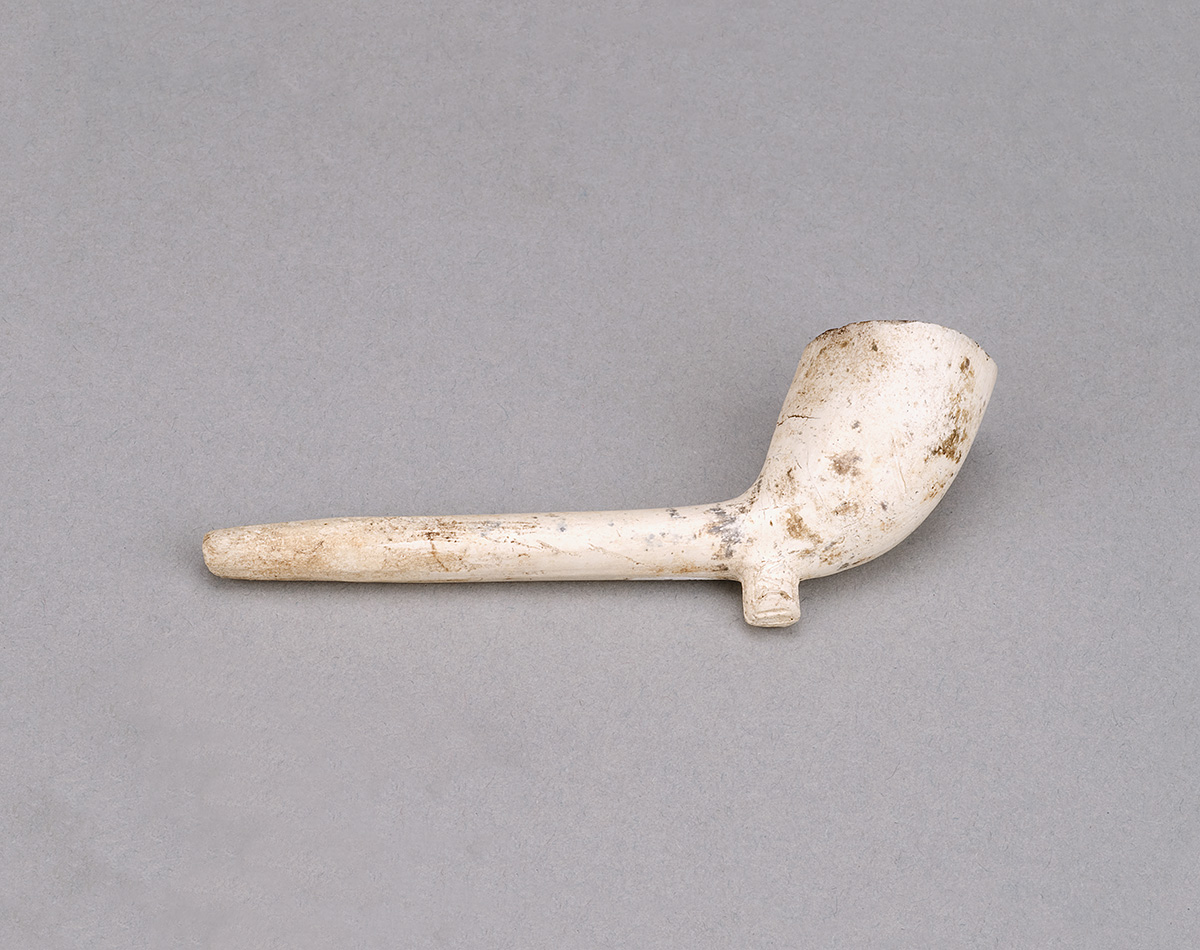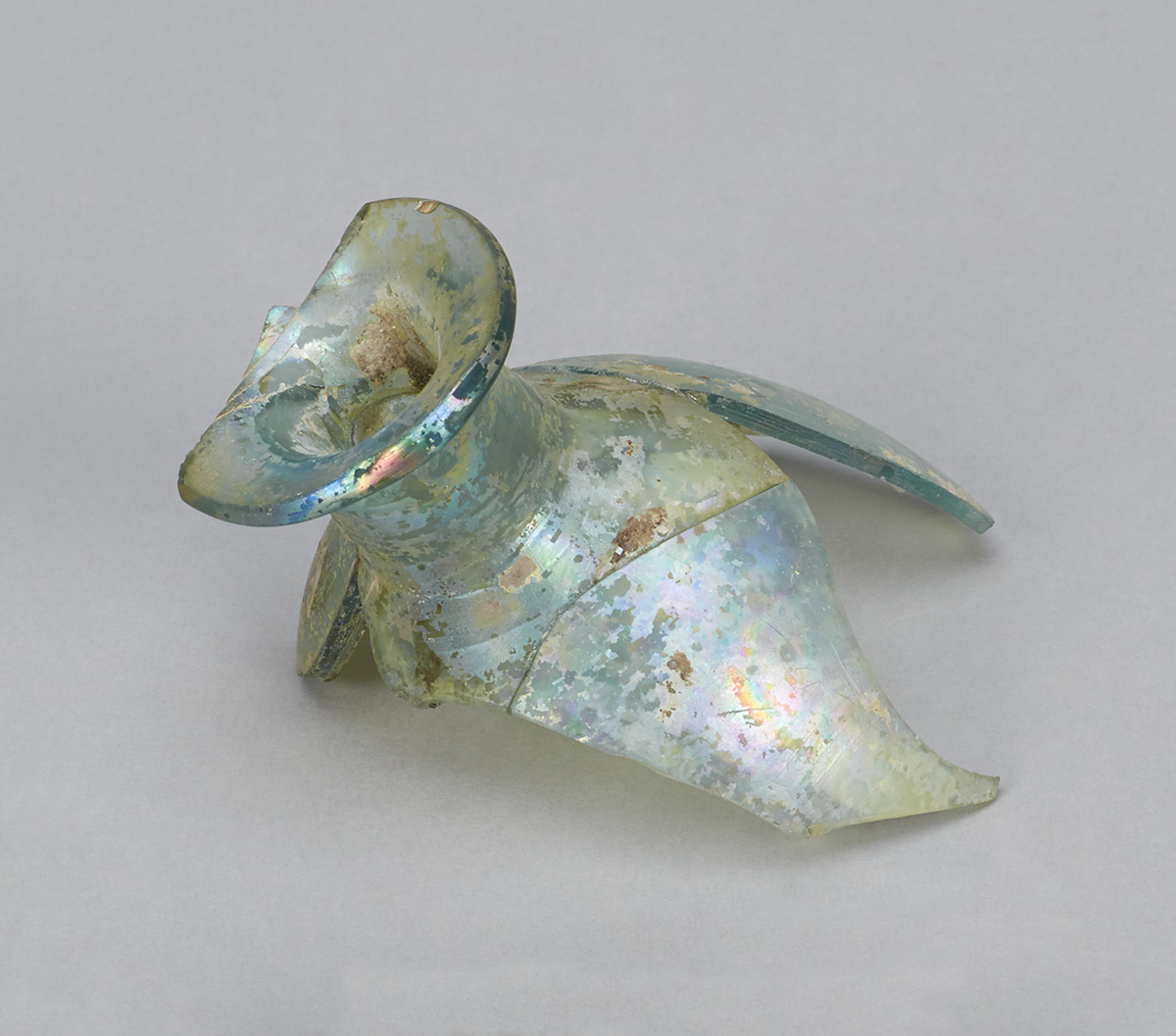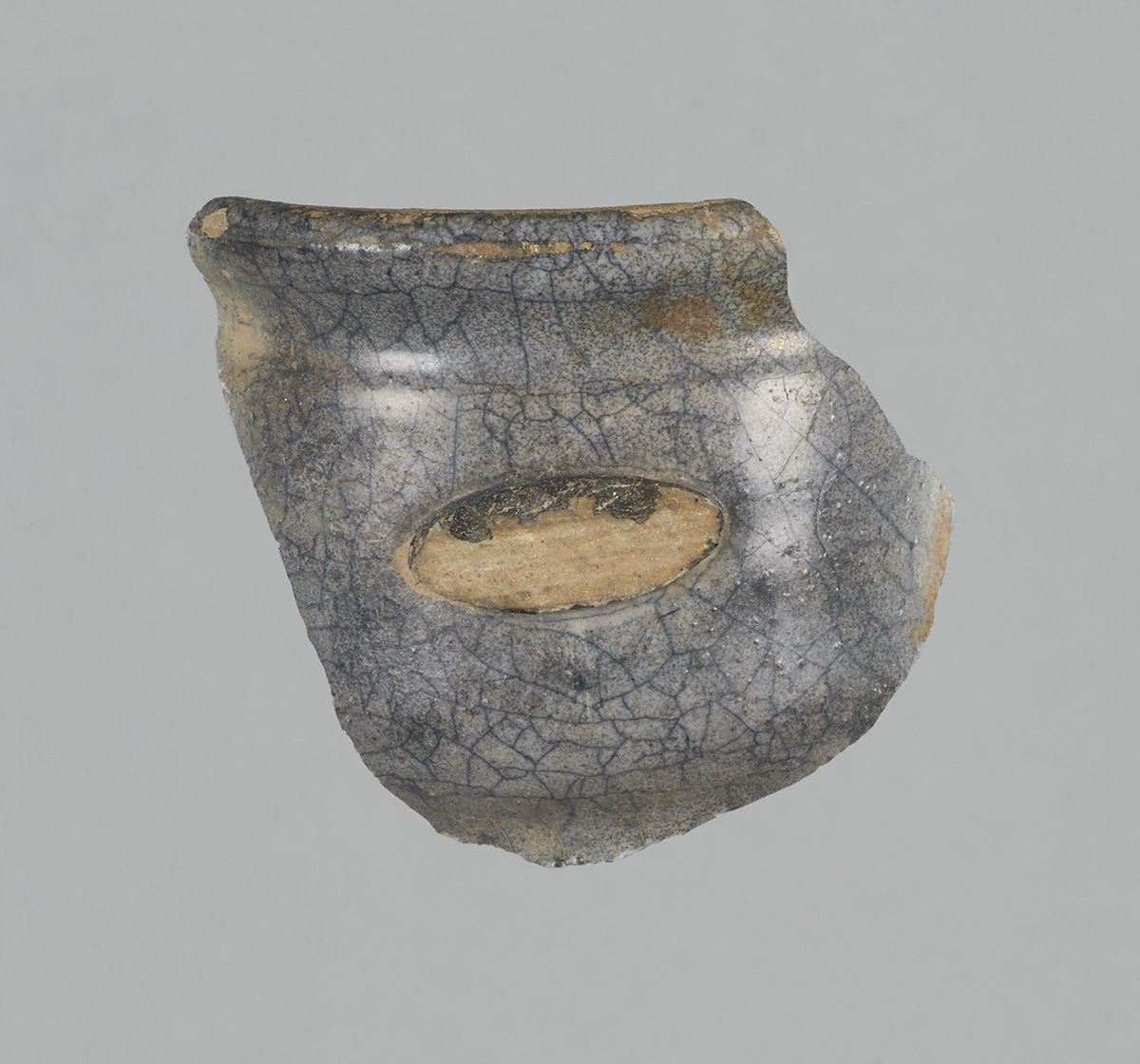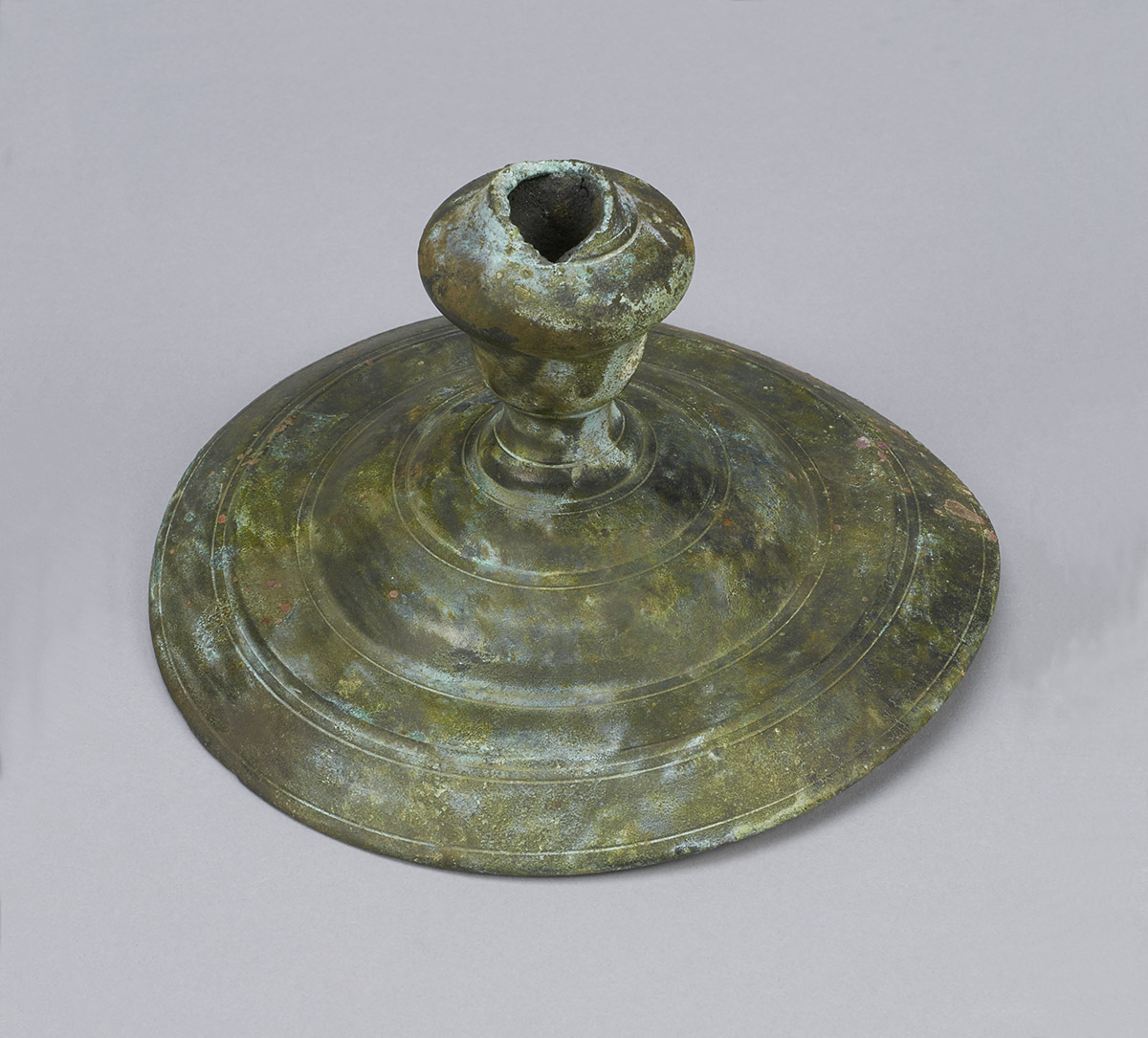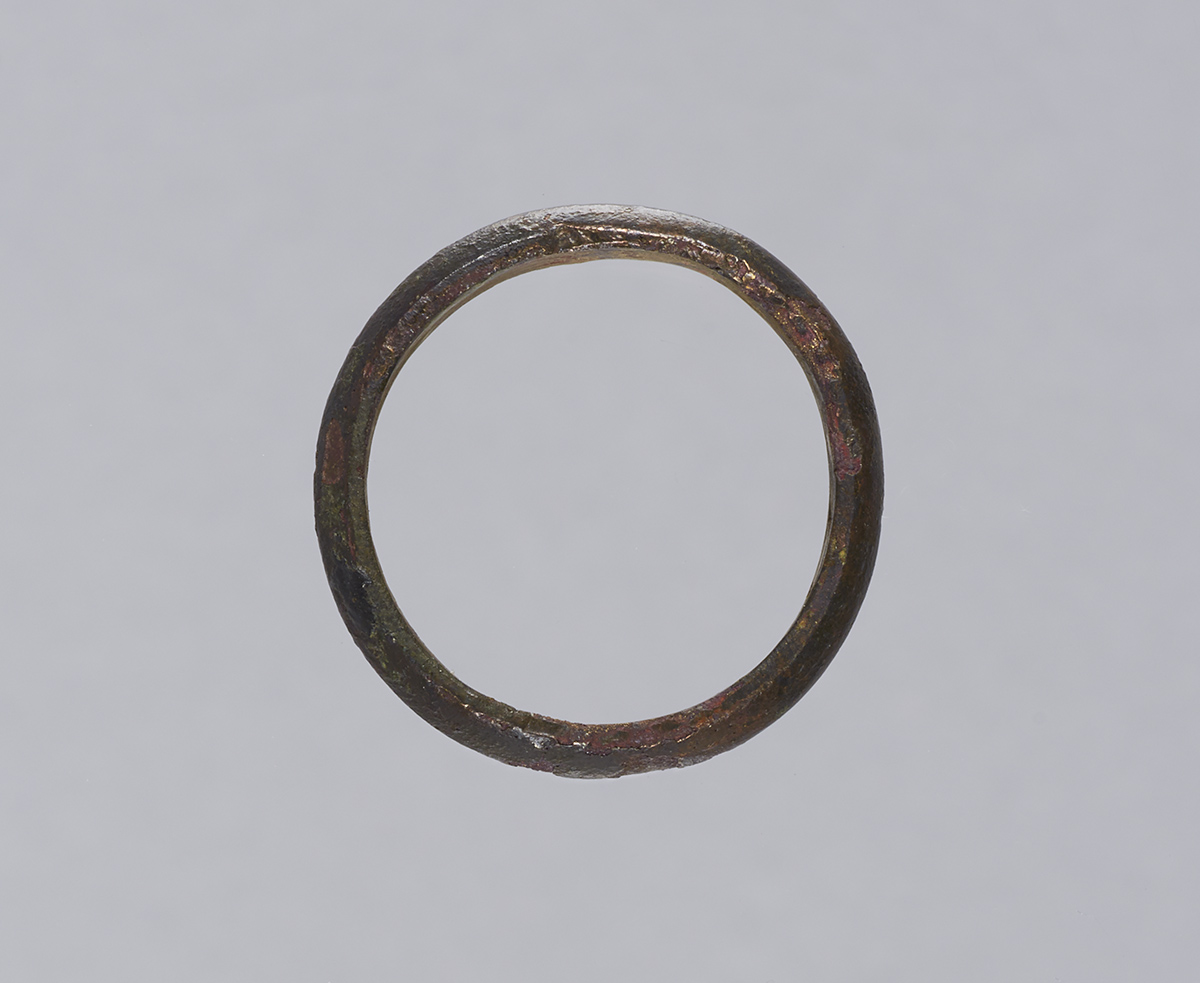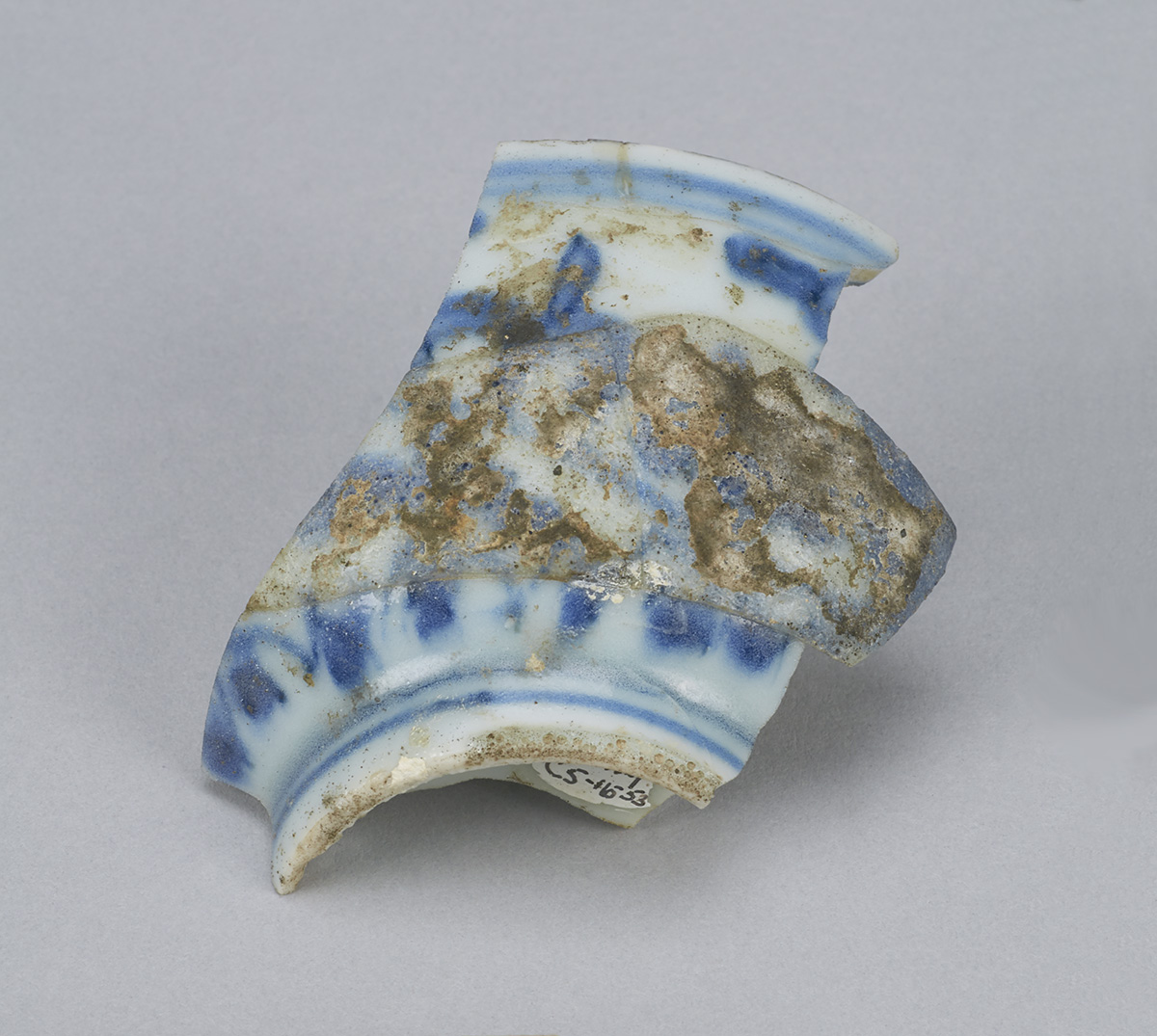The beaver pelt was northeastern North America’s main contribution to Atlantic trade. French and English traders competed for access to this internationally valuable commodity.
In 1670, English investors received a royal charter for “The Company of Gentlemen Adventurers of England Trading into Hudson’s Bay” — the Hudson’s Bay Company. Rather than following the French strategy of establishing posts in the interior, the English chose to build company forts along the Hudson Bay coast and wait for Indigenous traders to bring furs to them. English traders in these remote forts might see one English ship a year. Theirs was a lonely, isolated life.

Plan of Prince of Wales Fort (detail)
From Joseph Robson, An Account of Six Years Residence in Hudson’s-Bay, 1752 CMH, FC3211 R66 1752
A Vital Link
Hudson’s Bay Company employees relied on the company’s ships to bring supplies. The musket side plate below names one such ship, the Seahorse.
Objects from Fort Severn Fort Severn, Ontario, late 1600s to early 1700s
Simple Pleasures
Simple pleasures comforted lonely fur traders. The inscription inside the ring below — perhaps a sweetheart’s farewell present — comes from a Scottish love poem. It reads: “Love is all.”
Objects from Fort Severn Fort Severn, Ontario, late 1600s to early 1700s
A Canadian Institution
The Hudson’s Bay Company is still in business, making it Canada’s oldest company. The branding in its department stores recalls its history. The company’s coat of arms, for example, appears on its packaging and advertising. The beavers and elk are a reminder of the terms of the 1670 charter: the company was to pay the king an annual rent in beaver and elk hides in return for its trading monopoly.
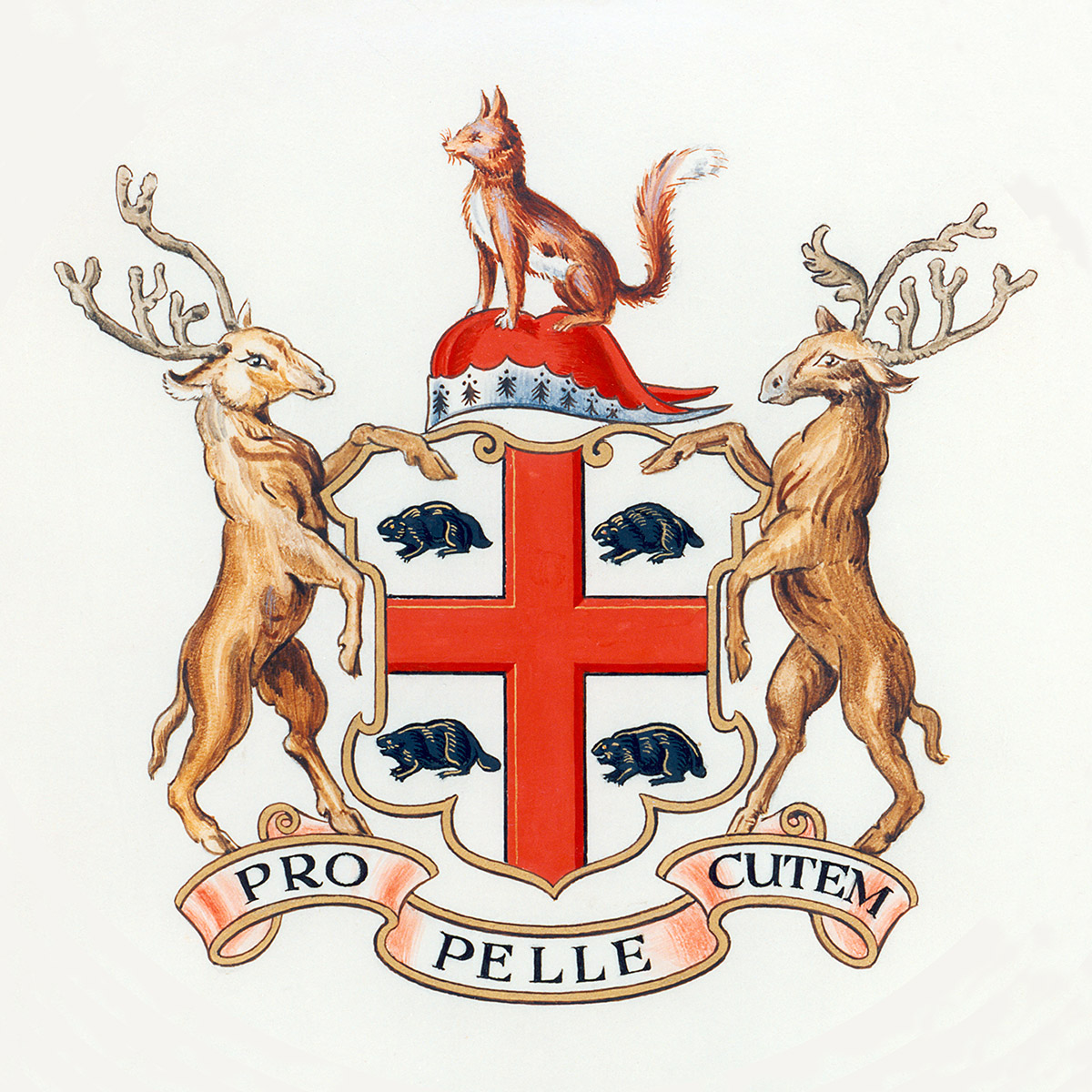
Coat of arms, Hudson’s Bay Company
Inscription: Pro Pelle Cutem (a skin for a skin) Hudson’s Bay Company Archives, Archives of Manitoba, HBCA P-237
